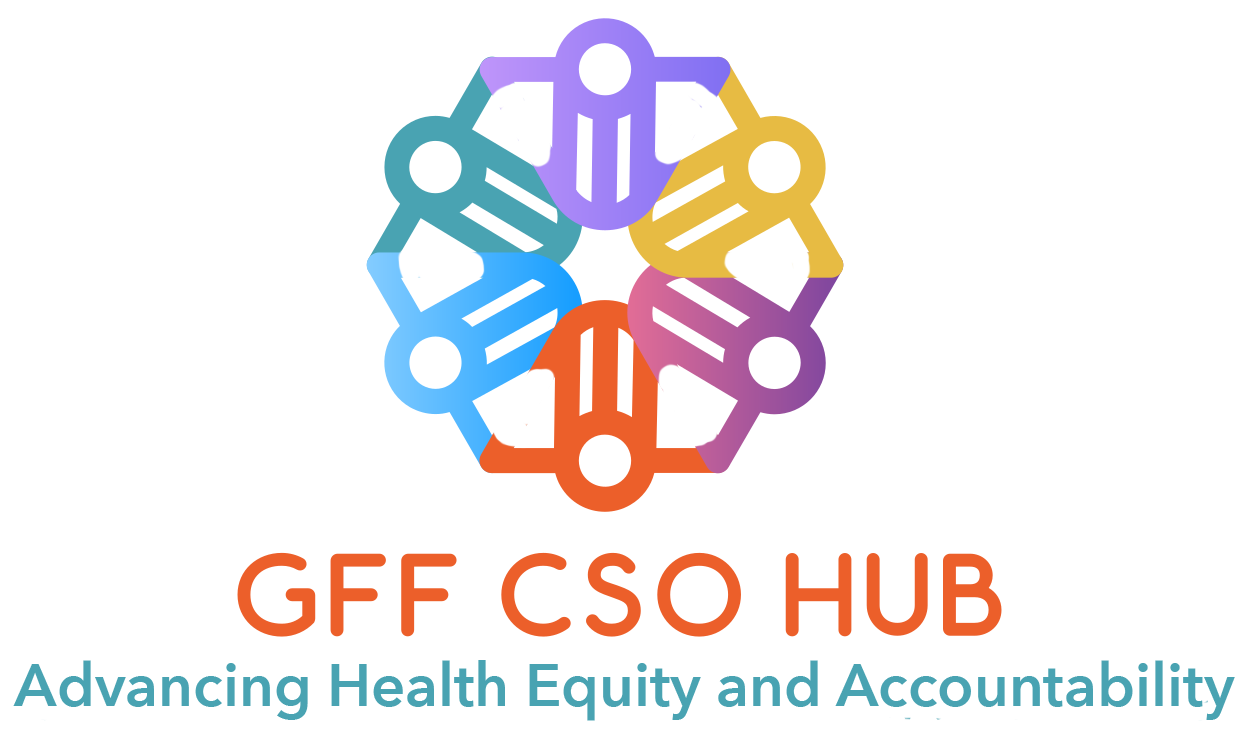The Global Financing Facility (GFF), launched in 2015, aims to “create the conditions for sustainable financing and scale-up of high priority reproductive, maternal, newborn, child and adolescent health and nutrition (RMNCAH-N) interventions.” The GFF offers grants to countries for FP among other RMNCAH-N areas alongside routine World Bank lending for health—an opportunity to firmly embed FP within the continuum of care and in public budgets. The GFF has expanded to support 36 countries; implementation is currently underway in 19.
The GFF—alongside other bilateral and multilateral financiers—can play a pivotal role in addressing the immediate and long-term challenges to sustaining and expanding quality FP services. In the short term, GFF resources can help expand budgetary space and ensure appropriate prioritization to sustain access to FP and provision of broader RMNCAH-N services. In the long term, the GFF can help entrench FP within national budgets and HBPs, creating a glide-path for sustainability. The extent of the GFF’s impact on FP provision, in both the short- and long-term, will thus depend on its ability to channel GFF/World Bank and national resources toward FP, including through inclusion in country RMNCAH-N investment cases, World Bank projects, and national HBPs.
To understand the current role of the GFF and inform its next steps to best fulfill this mandate, this note takes stock of our collective knowledge on inclusion of contraception in HBPs; incorporation of FP in country RMNCAH-N investment cases and corresponding World Bank projects; and GFF influence over government and donor resource allocation for cost-effective FP services. It concludes with a research agenda to guide future policy.
![]() Family Planning and The Global Financing Facility: Current Evidence and a Learning Agenda” by the Center for Global Development is licensed under CC BY 4.0.
Family Planning and The Global Financing Facility: Current Evidence and a Learning Agenda” by the Center for Global Development is licensed under CC BY 4.0.
No additional changes have been made to the original document.
 Back to Resource Hub
Back to Resource Hub 